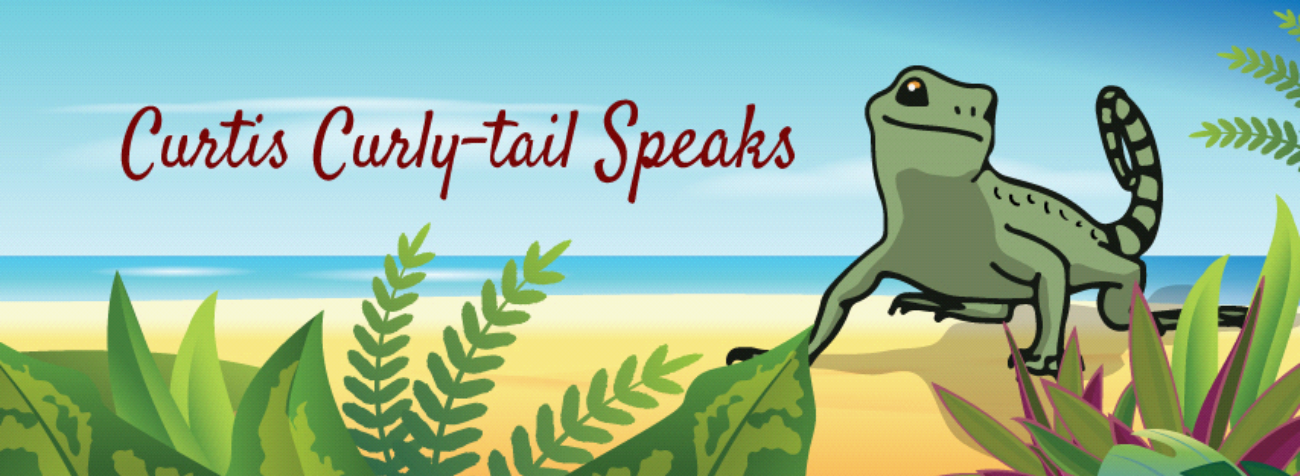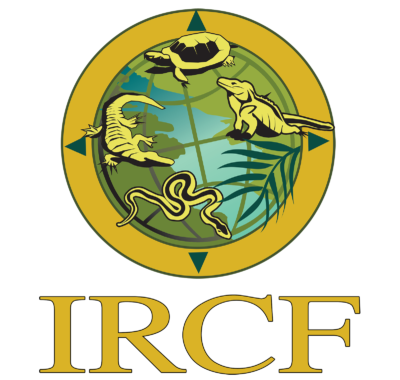Males! Who Needs Them?
You probably think you know how babies are made. But think again. When we think about reproduction, we expect it to be about two sexes combining their DNA to create an entirely different offspring. The combination of DNA strands allows for mutations. That is the force behind evolution and species’ adaptation to new environments. It also decreases the dangers of a disease wiping out an entire population. That’s what you expect. But did you know some female animals can reproduce without males? Yes, it’s true.
Going Solo
When an offspring is created by a single parent it is known as asexual reproduction or parthenogenesis. As Dr. Malcolm says in the Jurassic Park movies, “Nature will find a way.” You can reproduce more quickly without a male than if you need to find a mate. However, all the offspring are clones, genetically identical to the mother. This means that the species might not be able to adapt to a changing environment and could be lost to a disease.
Many invertebrates are well-known to use asexual reproduction: ants, bees, wasps, and aphids are common examples. Vertebrates, in contrast, are expected to use sexual reproduction. However, more than 80 vertebrate species are capable of parthenogenesis. Approximately, half of them are fish and lizards, considered lower vertebrates. Six species of whiptail lizards in the genus, Cnemidophorus, Teiidae, are all-female.
Surprise! It’s a Boy Girl Dragon
Even though the whiptails were known to reproduce asexually, it was a surprise when the seemingly more advanced Komodo Dragons were recently found to able to reproduce parthenogenetically. Some lizards can store sperm for a long time, but a dragon female had been kept in a zoo, so her sexual history was known. Komodo Dragons live in very restricted areas in Indonesia. Maybe this isolation allowed these lizards to develop the potential for reproducing without a mate. It is encouraging that they have this ability since the species is critically endangered.
But What About Birds?
Only a small percentage of reptiles use parthenogenesis, but even fewer birds do. I only recently learned that some birds are capable of asexual reproduction. I learned this from an article about two California condor chicks being born through parthenogenesis. Strangely, the females had males available with whom they had produced offspring before. These special chicks had genetic markers only from their mothers. As had been seen with domesticated turkeys, chickens, and pigeons, the parthenogenetic offspring did not thrive. Both condor chicks did not survive to reproduce.
So, unlike the Komodo Dragons where parthenogenesis might be an asset to species survival, asexual reproduction is not helpful for the even more endangered California condors. I’m disappointed.
And in case you’re wondering, no asexual reproduction or parthenogenesis has been observed in mammals. We human females can’t do without males…yet!
If you are interested in more scientific learning, download one of my many fun and educational workbooks!
For more information on parthenogenesis in Komodo Dragons: https://www.nature.com/articles/4441021a/
For more information on the parthenogenic condors: https://academic.oup.com/jhered/article/112/7/569/6412509
To learn about our latest science-based children’s books and workbooks, to read our latest blog posts about reptiles, birds, cats, and gardening, in a variety of locations, and about how the books come to be, what inspires an author to write, and many more interesting aspects of the publishing business, fill in the box below and we will add you to our email list.
Thank you!



